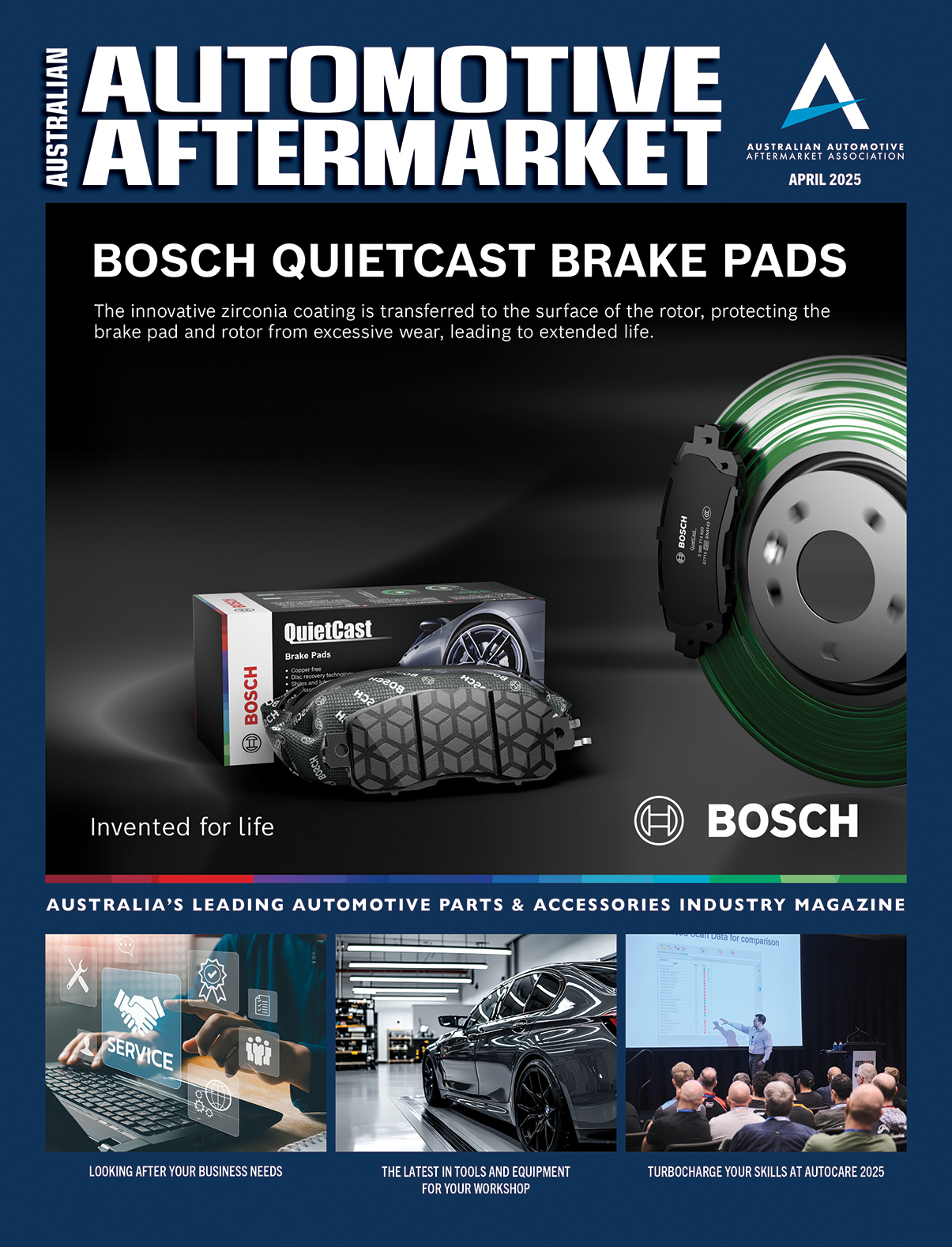AUSTRALIA’S CAR EMISSIONS FLATLINE AS EVS TAKE-OFF
The National Transport Commission’s yearly report has been released

A new report on the carbon emissions intensity of new light vehicles sold in Australia has found emissions fell by just two percent in 2021 despite a tripling of battery electric vehicle sales.
Transport accounts for 18 percent of Australia’s Co2 emissions and the cars we drive are the largest contributor.
Increased sales of SUVs and utes, where there are fewer choices for cleaner vehicles, are tempering Australia’s overall improvement in reducing tailpipe emissions, according to the National Transport Commission’s yearly report.
The Carbon Dioxide Emissions Intensity for New Australian Light Vehicles Report for 2021 shows Australia falling further behind other countries.
Of all new passenger cars sold in Australia last year, 45 percent had an emissions intensity of
160 g/km or less, compared with 90 percent of all new cars sold in Europe.
The report which analyses car sales data provided by the Federal Chamber of Automotive Industries alongside international comparison data, found:
• Sale of 4×4 and 4×2 utes increased by more than 43,000, and large SUV sales increased by around 25,000. The emissions intensity for many of these popular vehicles exceeds 210 g/km, with no option yet in Australia to purchase an electric ute.
• Half of all new car sales were SUVs, up from a quarter of all sales a decade ago.
• The small vehicle segment once accounted for a quarter of all sales but today is one in 10.
• Battery electric vehicles (BEV) sales nearly tripled and plug-in hybrid electric vehicles sales doubled over the same period, despite the price differential and more limited options in Australia.
• If all cars sold were ‘best in class’ for emissions, Australia’s total emissions for lighter passenger vehicles and small SUVs would have reduced by 91 percent and larger SUVs and utes reduced by 47 percent.
Looking at these results, the National Transport Commission says Australia has some catching up to do with other countries.
Today, battery and plug-in hybrid electric vehicles represent just 0.23 percent of the nation’s 18.4 million cars and light commercial vehicles on our roads.
According to the International Energy Agency (2022), 2.8 percent of 2021 car sales in Australia were electric. Around the world, this figure was 17 percent in Europe, 16 percent in China, five percent in the United States and 4.4 percent in New Zealand.
EV range anxiety is reducing with significant improvement in battery range from 200km in 2011 to a maximum of nearly 600km in 2021. Based on trends observed in other countries, increasing investment in public recharging stations, preferential tax arrangements and other incentives, and the adoption of emissions standards can lead to significant uptake in greener vehicles.
The National Transport Commission is an independent statutory body charged with improving the productivity, safety and environmental performance of Australia’s road, rail and intermodal transport system.
It says it continues to collaborate with all governments, stakeholders and industry to continually improve vehicle emissions reporting.
For more information, visit www.ntc.gov.au




